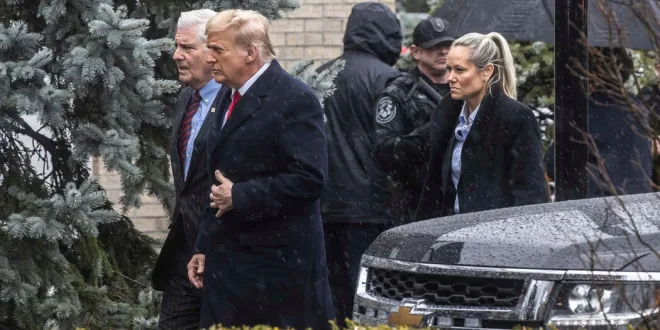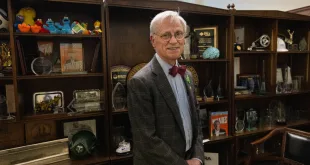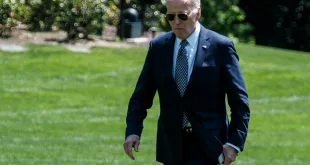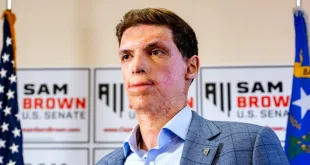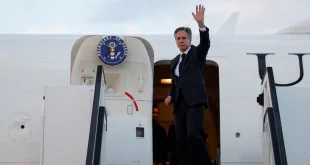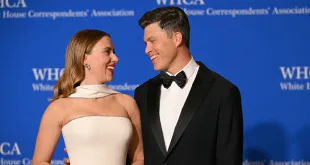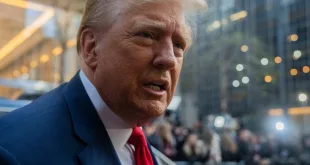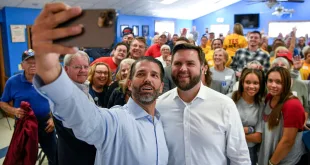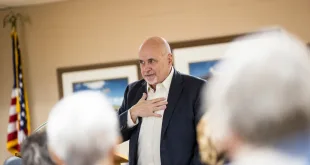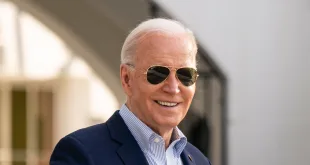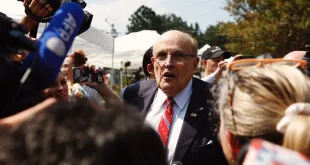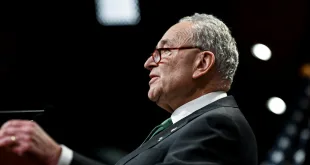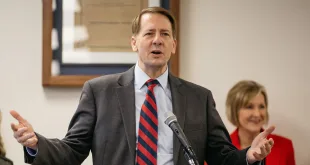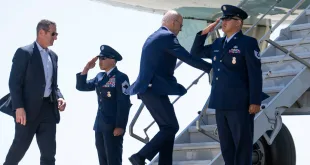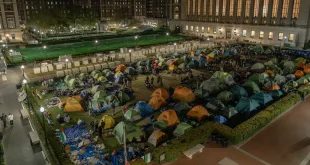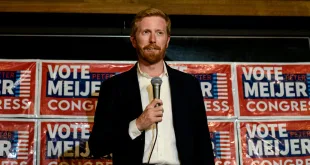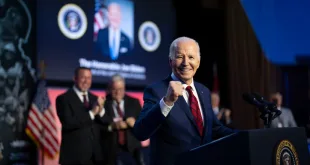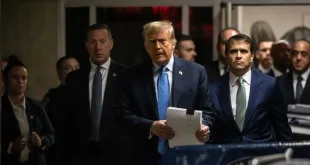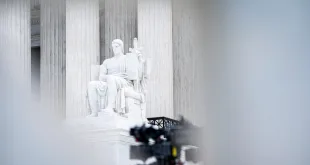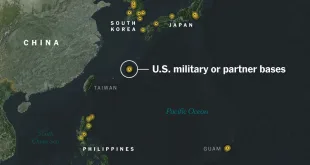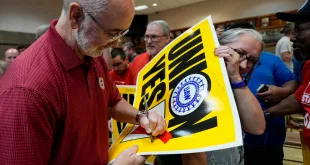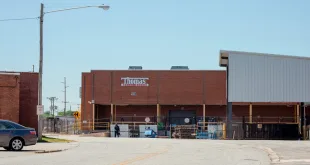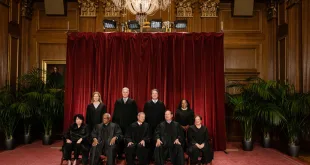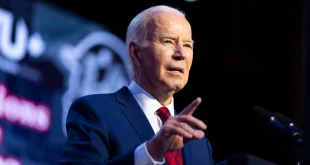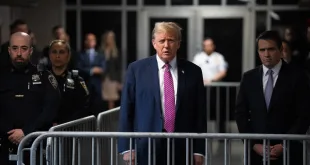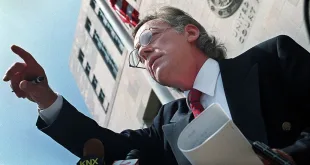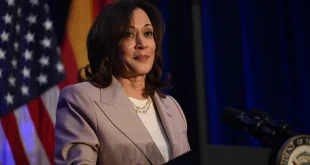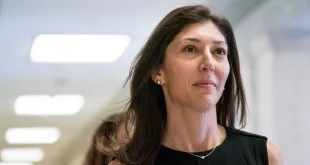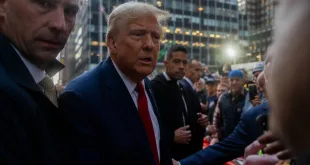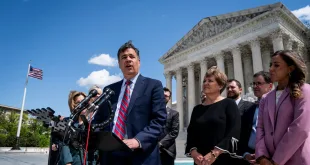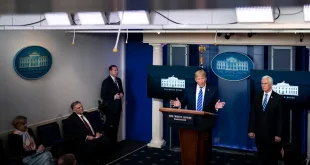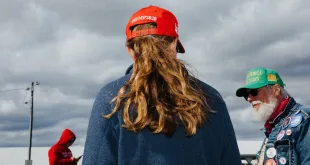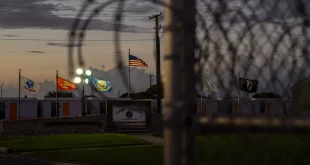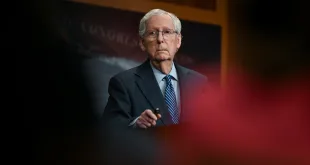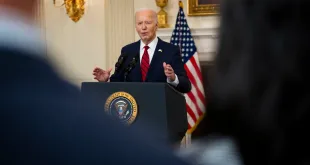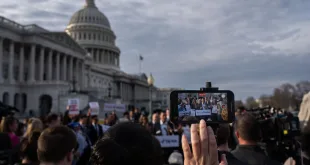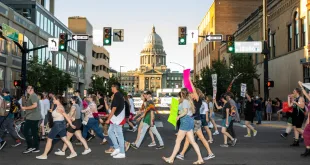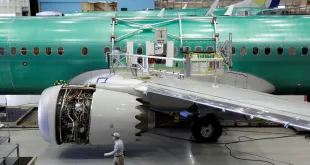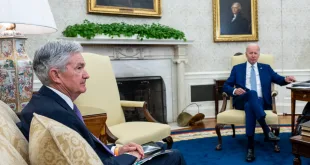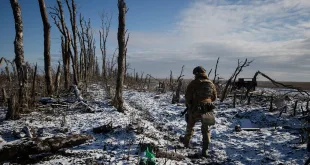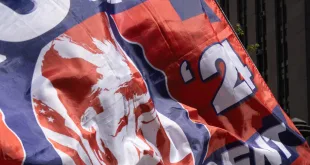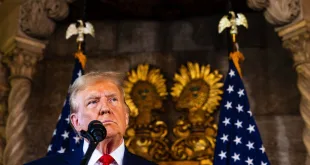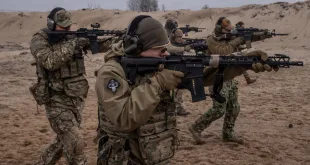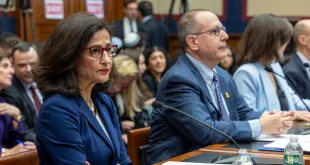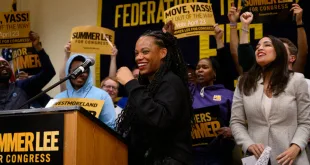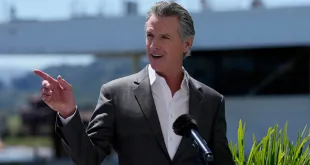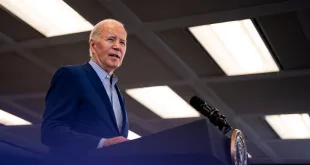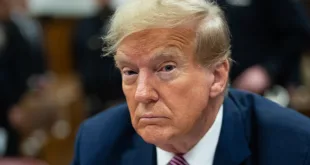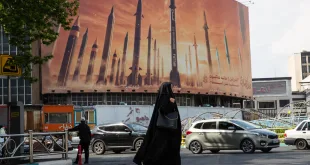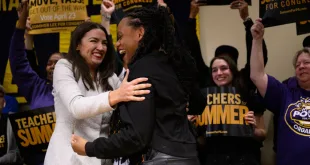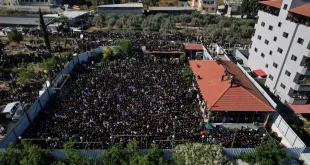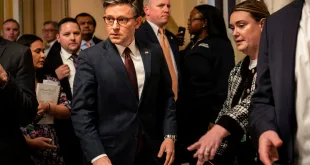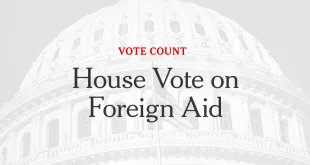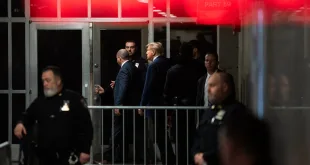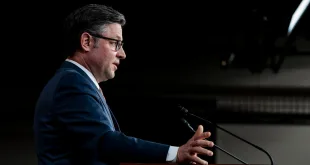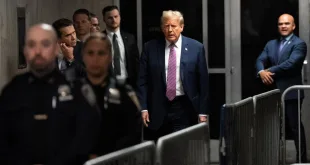On Jan. 19, 2021, as part of a series of pardons on his last full day in office, President Donald J. Trump commuted the sentence of a man who had spent almost 30 years of a life sentence in federal prison for what prosecutors said was his role in the murder of an undercover police officer in upstate New York.
The commutation went largely unnoticed as the country grappled with the aftermath of a pro-Trump mob’s attack on the Capitol, which included assaults on Capitol Police officers. Since then, Mr. Trump has referred to the rioters as “patriots” and “hostages,” and has criticized an officer who shot and killed a woman trying to breach a doorway near the House chamber.
And yet Mr. Trump, who is the first former president to face criminal indictment, has sought to portray himself as a champion of law enforcement, surrounding himself at events with a tableau of police officers and law-enforcement officials as he campaigns to return to the White House.
Mr. Trump has been endorsed by three police unions. He recently stood next to the Nassau County Police commissioner at a microphone outside a funeral home where he paid a condolence call at the wake for a slain New York Police officer, Jonathan Diller. Days later, Mr. Trump promised at a rally that he would pass a law for a mandatory death penalty for people who kill police officers.
“You’ll see the whole situation come to a halt,” Mr. Trump said of police deaths.
Mr. Trump often poses for photos with local police officers who are helping to guard his motorcades at various stops, including last week when he took pictures with officers at a campaign stop in Upper Manhattan on the second day of his criminal trial. His aides regularly post photos and videos of the encounters on social media, a montage intended to underscore a law-and-order image of the presumptive Republican nominee — who was also arraigned four times last year.
Even in the courthouse, Mr. Trump looks to display this affinity, when he enters the courtroom and warmly greets the court officers.
John Miller, a former senior official in two police departments and at the F.B.I., who is now the chief law enforcement and intelligence analyst at CNN, said the cultural bond between Mr. Trump and police officers stems from “police across the country” who “have felt increasingly abandoned and isolated, unsupported by their city councils, by their mayors, by their governors.”
He added, when “someone comes out unequivocally in support of law enforcement and understanding the challenges they face, it’s hard to resist because it’s increasingly rare today.”
Mr. Miller said President Biden also has a long history of supporting police work but added that statements that Mr. Biden made in the 2020 campaign were seen as less than unequivocally supportive of law enforcement. But for Mr. Trump, he said, a complicating factor is his support for people who rioted on Jan. 6 — some of whom assaulted police trying to restore order.
But Mr. Trump’s statements, actions and the images he presents stand in stark contrast to the way the former president, whose New York trial began in earnest with opening statements Monday and who is at the center of at least four separate criminal cases, talks about law enforcement in the context of the legal system that is seeking to convict him.
Karoline Leavitt, a spokeswoman for Mr. Trump, described him as “endorsed and beloved by law enforcement across the country because his policies empowered them to do their jobs and helped them remove criminals from the streets.”
Mr. Trump’s focus on local law enforcement spans decades. Going back to the 1980s, he has described police as the solution to society’s ills, taking out a full-page ad calling for the death penalty for a group of teenagers of color falsely accused of brutalizing a jogger in Central Park. He has said police should be more aggressive with people they arrest, as he did as president in 2017 at a law-enforcement event on Long Island, suggesting officers didn’t need to protect the heads of suspects when they put them in the back of squad cars.
He has promised to indemnify officers as president, something he doesn’t have the authority to do. But the line has resonated with his supporters.
Five days before his criminal trial in Manhattan was set to begin, Mr. Trump on his social media site shared a video of himself shaking hands and posing for a photo with a crowd of at least 20 officers in front of his plane on the tarmac in Orlando. He used the occasion to again proclaim his allegiance to the police, thanking the officers and writing in all capital letters, “I will always have your back!”
Earlier this month in Grand Rapids, Mich., Mr. Trump was flanked by a number of uniformed sheriffs as he criticized the Biden administration over its handling of the wave of migrants at the border, which he blamed for a surge in crime that available data does not support.
He also received the endorsement of the Police Officers Association of Michigan, a union representing 12,000 officers. The group was one of the unions to endorse Mr. Trump early in 2016 and backed him again in 2020. James Tignanelli, the union’s president, said in an interview that the decision to back Mr. Trump again was not difficult, citing the migrant crisis.
Mr. Tignanelli said he did not see a contradiction between those concerns and his group’s endorsement of the first indicted former U.S. president, saying he viewed the timing of the cases as political. And he dismissed Mr. Trump’s recent promises to “free” or “pardon” those imprisoned in connection with the Jan. 6 attack, arguing that Mr. Trump “talks in kind of wide swaths.”
On the last full day of Mr. Trump’s term, Mr. Trump commuted the sentence of Jaime Davidson, the man who had been imprisoned for what prosecutors said was his role in the murder of the undercover officer from upstate New York, Wallie Howard Jr.
Mr. Davidson, who prosecutors said led a drug ring, had spent decades trying to get people to believe he was innocent, insisting that he had been set up in the investigation into the shooting of Officer Howard in 1990. He wrote a book about his case from prison, which involved a messy and sometimes convoluted set of details.
It attracted the attention of Alice Johnson, whom Mr. Trump pardoned in 2020 and who became an activist on behalf of other incarcerated people. Ms. Johnson had worked with Mr. Trump’s daughter, Ivanka, in her role as a White House adviser.
Mr. Davidson’s lawyer, Bettina Schein, prepared a detailed clemency petition for her client, pointing to witness testimony that was recanted and a number of family members who attested to him not being in the Syracuse area when the murder took place.
Some White House officials objected to freeing Mr. Davidson when Ms. Johnson’s list of possible commutations was explored, but Mr. Trump granted it. (Ms. Schein’s husband, also a lawyer, had represented some of Mr. Trump’s children, but he was not involved in Mr. Davidson’s effort and was trying, unsuccessfully, for a clemency grant for someone else.)
“It is heartbreaking when a policeman is killed in the line of duty and I certainly understand that people who do not know all the facts of Jaime’s case would be upset at the commutation,” Ms. Schein said. “It’s a tragedy, there’s no question about that. But there’s also a tragedy when an innocent man is convicted of a crime he didn’t commit.”
Friends of Mr. Howard and some local officials were troubled. It “did not set well with people here,” said John Corbett, a retired Syracuse police lieutenant and a friend of Officer Howard.
“I was very upset,” he said. “All my friends, former co-workers — we were all very upset.”
 AC7 All About Entertainment
AC7 All About Entertainment
